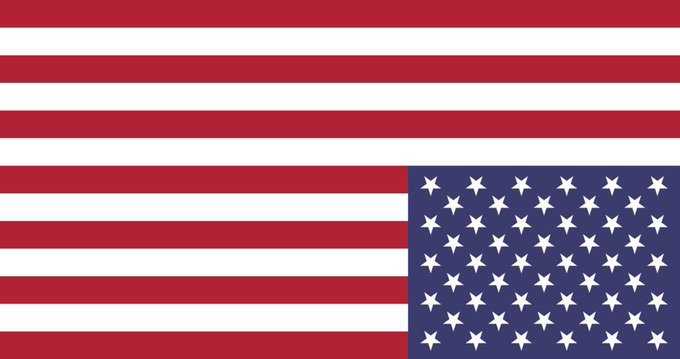
www.godupdates.com
A Prayer to Cultivate Humility and Grace – Your Daily Prayer – September 18
A Prayer to Cultivate Humility and GraceBy Amanda Idleman
Bible Reading"Humble yourselves in the sight of the Lord, and He shall lift you up." – James 4:10
Read or Listen Below:
God opposes the proud (James 4:6) and gives grace to the humble. This is a theme we see all throughout the scripture. We watch the Israelites wander because they want to do things their way rather than God's way. King Saul was taken from the throne because his pride stopped him from following God as King. Zacahiah's voice was taken when he heard that a son was coming because he was not humble enough to believe God was capable of giving him a child in his old age. There are so many examples of how human arrogance has frustrated the plans and will of God.
God wants us to be open, teachable, and obedient people. When we believe we have all the answers and fail to trust God to meet our needs, his anger starts to rise against us. One thing God will not violate is our free will, and pride essentially tells God we don't need him. It’s a choice to be independent that he cannot undo until we humbly come back to him.
This posture separates us from God, making it impossible for him to lead us as our good Father. Our way without God is always the hard way, even if, in the moment, it seems better to feel in control. God is the only one who knows all things and holds all things together. Our efforts to force his hand and manipulate our circumstances only alienate us from God because he is the only one who has the power to take care of us with all grace and knowledge.
How do we remain humble so grace can abound in our lives? Humility starts with repentance. It's a posture that recognizes that we need a Savior every day. A repentant heart is one that is dependent on God's grace to cover its insufficiencies.
Humility is expressed through the fruits of the Spirit. Love, joy, peace, patience, kindness, goodness, faithfulness, and self-control are all ways that we show others God's goodness through our actions. When we seek to embody these fruits, we are living in alignment with God's way. Each of these fruits requires us to consider others better than ourselves, which is key to living with humility. Humility produces grace. When we start to see that we need God it's then we are able to see ourselves in proper perspective. It's almost impossible to be gracious when we believe we are superior to another person or to God. Humility gives us eyes that allow us to dispense grace because when we know how much we need grace, we see how much our neighbor needs it, too.
God's grace is available to us when we ask. We are only able to ask God with sincerity to meet our needs when we approach him with humility. Our needs show us our place in this grand universe God has made. He is the Creator, and we are the Created. It's not our place to dictate the terms of the Creation to our Master but to gratefully stand in awe of what he has done. Asking him to keep making beautiful things out of us because he is a beauty-making God. Goodness is his nature, and grace is his default. We never have to demand grace from a God who embodies love.
Let's Pray:
Father, help us live with humility. We know you show grace to the humble and we want to live our lives covered by your grace. Remind us when we want to grab for control that you are the only one who knows the beginning from the end. The only safe place we can be is under the shadow of your wing. Let us through the power of humility see ourselves in proper perspective, not considering ourselves better than others. Let us be givers of grace. Remind us that we can boldly come to you for all we need because you are good. Grace is who you are and we never have to wonder if you want good things for us. We thank you for your provision, your love, and your sufficient grace in our lives. Amen.
Photo credit: ©GettyImages/Suwaree Tangbovornpichet
Amanda Idleman is a writer whose passion is to encourage others to live joyfully. She writes devotions for My Daily Bible Verse Devotional and Podcast, Crosswalk Couples Devotional, the Daily Devotional App, she has work published with Her View from Home, on the MOPS Blog, and is a regular contributor for Crosswalk.com. She has most recently published a devotional, Comfort: A 30 Day Devotional Exploring God’s Heart of Love for Mommas. You can find out more about Amanda on her Facebook Page or follow her on Instagram.
Related Resource: Remember God’s Enduring Love for You in this Guided Meditation on Psalm 100!
This guided Christian meditation from Psalm 100 will help you experience and praise God for his unending love for you. Become aware of God's presence with you, and praise God for his loyal and enduring love from the beginning of time and into the future. Listen to every episode of the So Much More Podcast on LifeAudio.com, or subscribe on Apple or Spotify so you never miss an episode!
Now that you’ve prayed, are you in need of someone to pray for YOU? Click the button below!
The post A Prayer to Cultivate Humility and Grace – Your Daily Prayer – September 18 appeared first on GodUpdates.













